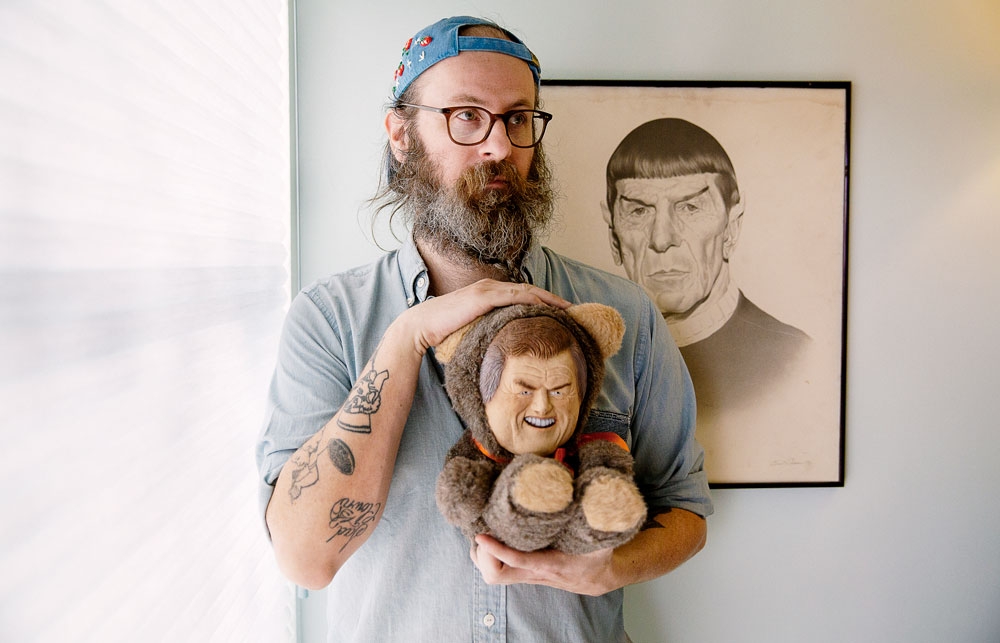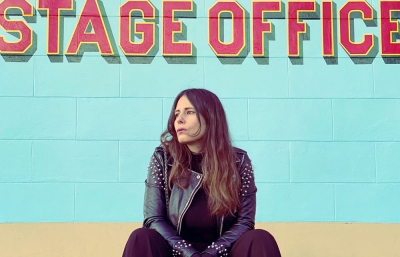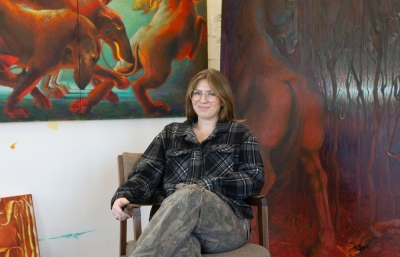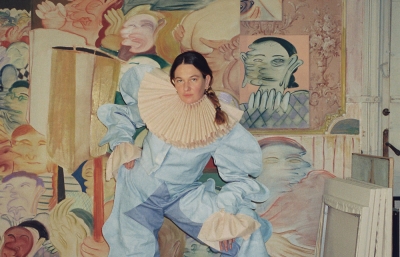Humor is a vein that runs throughout art’s history. It serves as a lens through which artists engage with the viewer, challenging perspective stalemates and eliciting emotional responses. Yahnker’s humor lies in the lineage of Duchamp’s L.H.O.O.Q., where he drew a mustache on a postcard of the Mona Lisa, transforming the masterpiece into a commentary on both art and gender. The 23 and Me on Eric’s work would also show a strong strain of surrealism. The questions posed by René Magritte’s Ce’st ne pas one pipe are like many of the motifs in his show. In the current post-Street Art, post-Bro Art, and post-Dank Meme world, considered reactions have value. Reactions are a ubiquitous form of attention currency. But they are also the least considered manners of communication. There was so much “funny” art with the flood of street artists, all of which was barely worthy of a T-shirt. Within Street Art, a commodified appropriation of a criminal aesthetic brought to a meaning-erasing ubiquity the humor driven by short one liners, ironic snarks, and smirking self-help suggestions. Banksy was the clear winner within this cadre, but that was mostly due to the amount of innate satirical wit most British bring to the table and the fact that every other person fell far short of being memorable. Meme art culture is clearly disposable, as it should be. Super salient, but aging as well as avocados. And the “funny” points in Bro Art convey the type of laughter that usually accompanies a punch in the arm. Yahnker’s work can dip into all these realms, but its consistency and heavy hits carry it through. His technical skill, which I rarely see mentioned in other articles, is so sharp, it’s enviable. He can draw. He can paint too, just look at his show of oils, Heavy Lemons at the Hole, a couple years ago, “During COVID, I finally got over my fear of painting… I draw, I don’t paint… when I started painting, I realized I was having a hard time with how much gravitas comes with it… the medium itself has a long, multi-millennia history you’re working up against for the jokes to land. I was just trying to figure out how to make this medium have less gravitas.” For the current show, his drawing is perfectly enunciated. He knows that if his renderings of pop celebrities and consumable culture are not dead on, the jokes won’t have a chance. If you can find fault in his depiction, the laugh would be handicapped. But within these great renderings, there is a calculated dynamism that reminds the viewer that this is made by a hand. He attributes this looseness to his entry to commercial art. “When I came to fine art, I came as an animator… some was fun. Some was not fun, meticulous, and commercial bullshit.” Subsequently, his hand moves fast, streaking across the page, the marks simultaneously precise and without a second thought.













